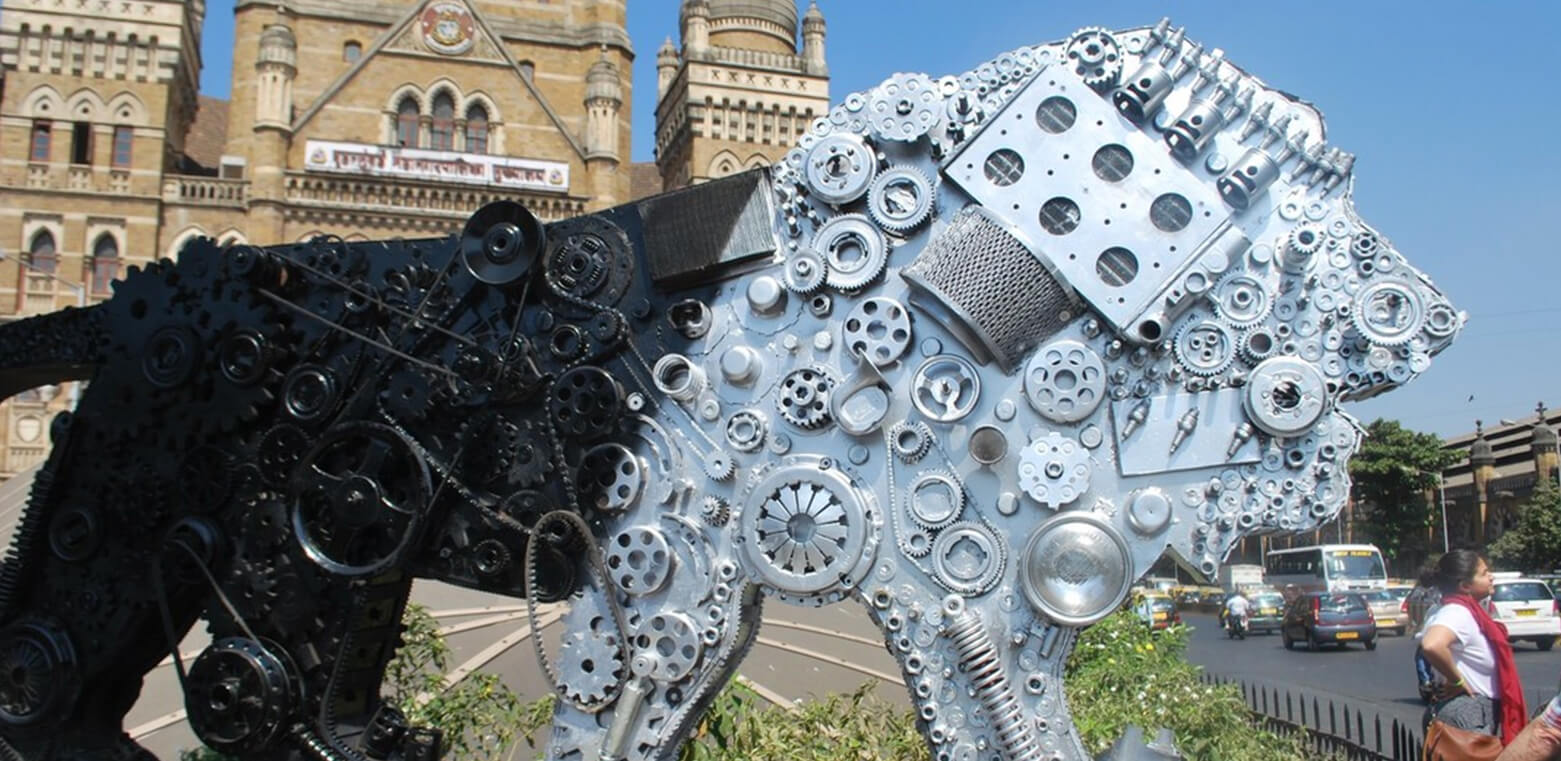
As more and more real estate projects hit India across the country, you see more steel and glass – with little thinking on cleaning systems, local materials and innovative use of materials for the Indian heat and dust. Over 35 years ago, I had met an architect who had talked of creating a roof made with overturned earthen pots sandwiched between two slabs. The resultant roof led to an 8% difference in temperature between the outside and inside. I have never heard of this or anything similar since. Such low cost innovations – from a floating bicycle to the solar cooker (300 days of sunshine and a value conscious Indian consumer should have made for a blockbuster product ) have never taken off in India. Overall, across categories, innovations are few and far between.
History – 1657, 1757, 1857 and 1957 : The answer lies in history. 1657 was when the industrial revolution was taking off – with the steam engine and the spinning jenny both being invented by then. India saw the ascension of Aurangzeb then. By 1757, the first commercial car and tarred roads had appeared, while India had lost the first war of independence in the Battle of Plassey – and East India Company rule was established. With it came decimation of Indian crafts and a focus on growing cash crops and exporting raw materials. By 1857, the zipper, the fax machine, fiber optics and hydrogen fuel cells had been invented whereas India had lost the second war of independence and British Raj was firmly established. 10 years post independence, India was playing a rapid ‘catch-up’ with the world, importing learning – from large scale projects such as the Bhakra-Nangal to modelling IITs after MIT. Older, indigenous knowledge was lost and our journey of C&D – copy and development had begun
Copy & Development – the Indian way: India had missed the industrial revolution and Indian entrepreneurs had never experienced the enormous economic outcome of the power of innovation. ‘Foreign’ became a signifier of technologically advanced, qualitatively superior and and overall a more desirable offering. The license raj further killed any creativity in enterprise and lazy product development became a way of life across all areas of society. There was no economic reward for innovating as we also became lazy consumers tolerating the Ambassador car and the icicle filled refrigerators and more such products.
Jugaad v/s Innovation: The Indian ingenuity has always been around. We have value engineered solutions and found remarkable ways of doing things. I remember when my father worked with IPCL in the ’70s and a Heavy Water plant was to be erected using German expertise. The enormous boilers and chimneys were transported from Germany – but had to stop a few kms. short of their destination as they could not cross a small culvert – a weak small bridge on the road. After much debating, the Germans retired saying this crossing will take 2-3 months- till a proper load bearing bridge could be built. The Indian team brainstormed and came up with the idea of filling the empty space under the culvert with sand bags – thus providing structural support. The trucks crossed over in a few hours and the German experts woke up to see the heavy water towers up! While the Indian mind has always been original thinking and creative, innovations have still been missing as the economic impact of innovations is not part of our collective experience.
A new breed of entrepreneurs – the age of innovation: The older, more established companies in India – whether Indian or multi-national are low to innovate. Even a different mould – that creates a unique bottle shape is frequently passed-up as being ‘too expensive’ – a cost that could be offset be 2-3 insertions of ‘blink-and-you-miss’ TV ads – while packaging is what stays on the shelf and what people put money down for. But a new breed of entrepreneurs are disrupting the market place with product, packaging or service design innovations. Paperboat, Fogg (no gas), the Indigo ramp, Oyo, Ola, Scooty, Caratlane.com are all offered by a new generation of entrepreneurs. Significant innovations by the old guard are conspicuous by their absence.
Change or Die : Earlier, low or no innovation simply meant a slower ‘Hindu’ rate of growth. Today, it means death. Consumer’s today have changed. Never before have so many been so ready to experiment, to try the new. The quest of newness also means they are fickle, and are constantly looking for the new. From restaurants to cell phones (Micromax and Lava – the erstwhile market leaders are no longer significant), brands are dying. Unless brands innovate continuously, consumers are going to abandon them. The age of innovation has just begun. Courage and creativity are survival skills from now on.